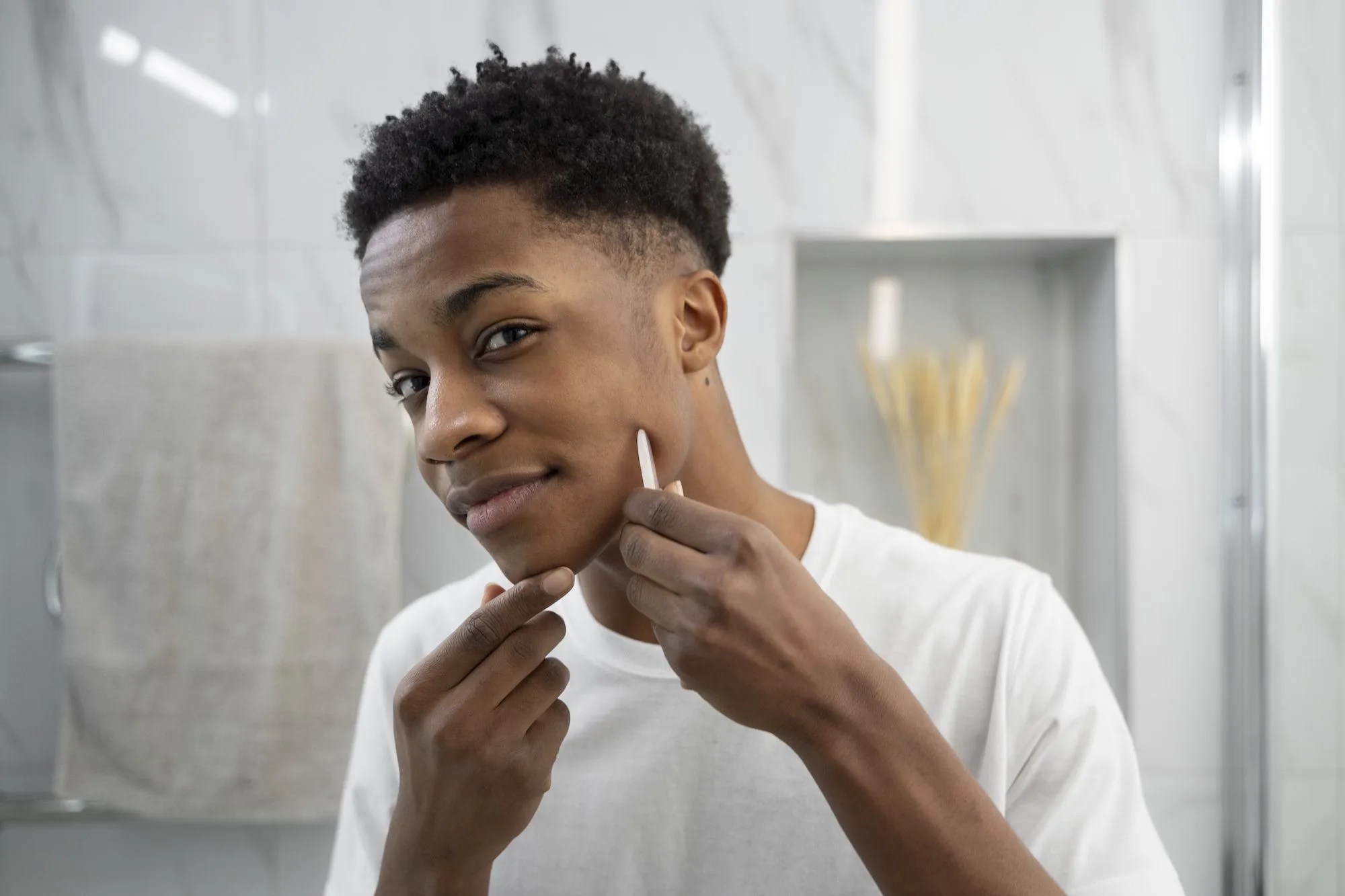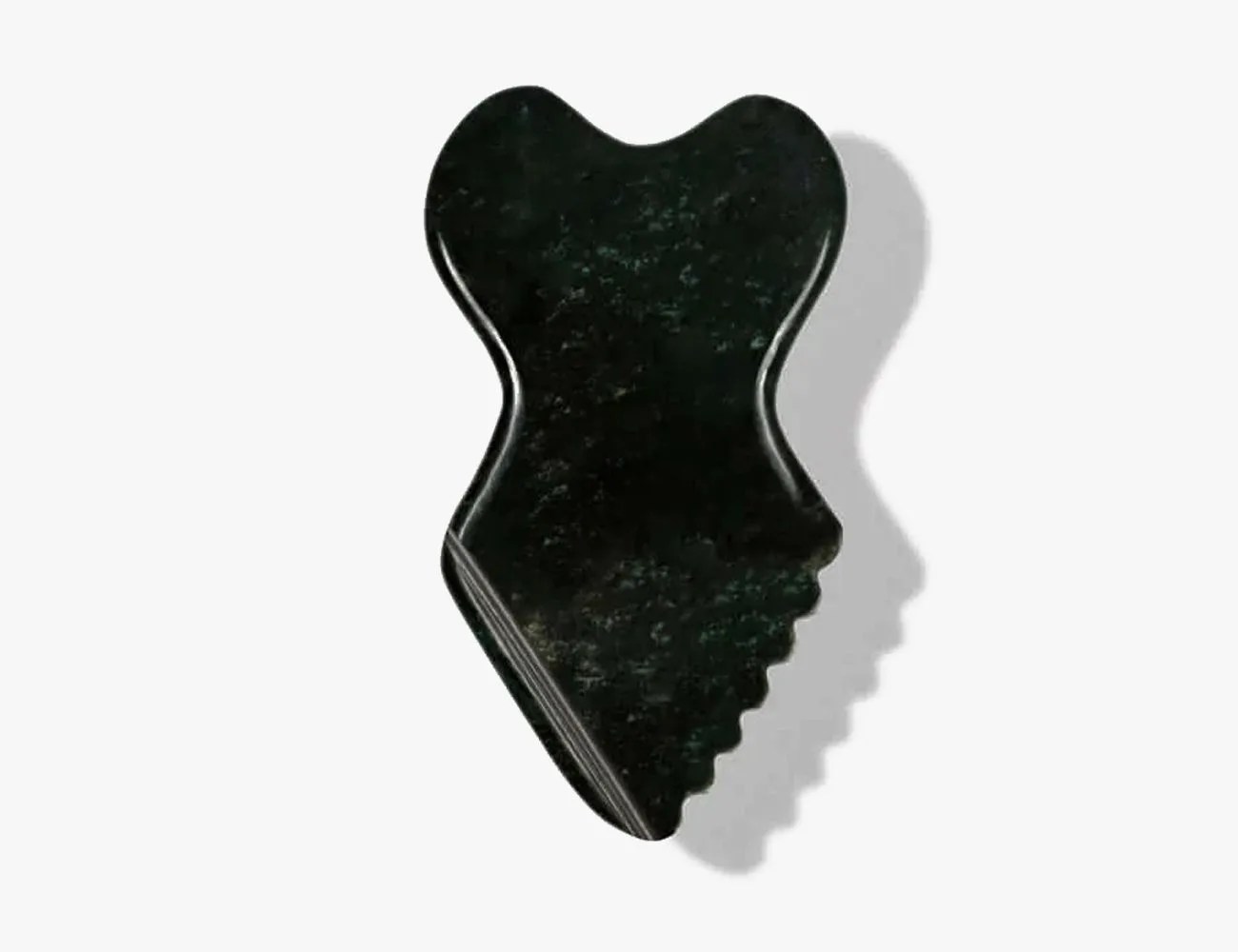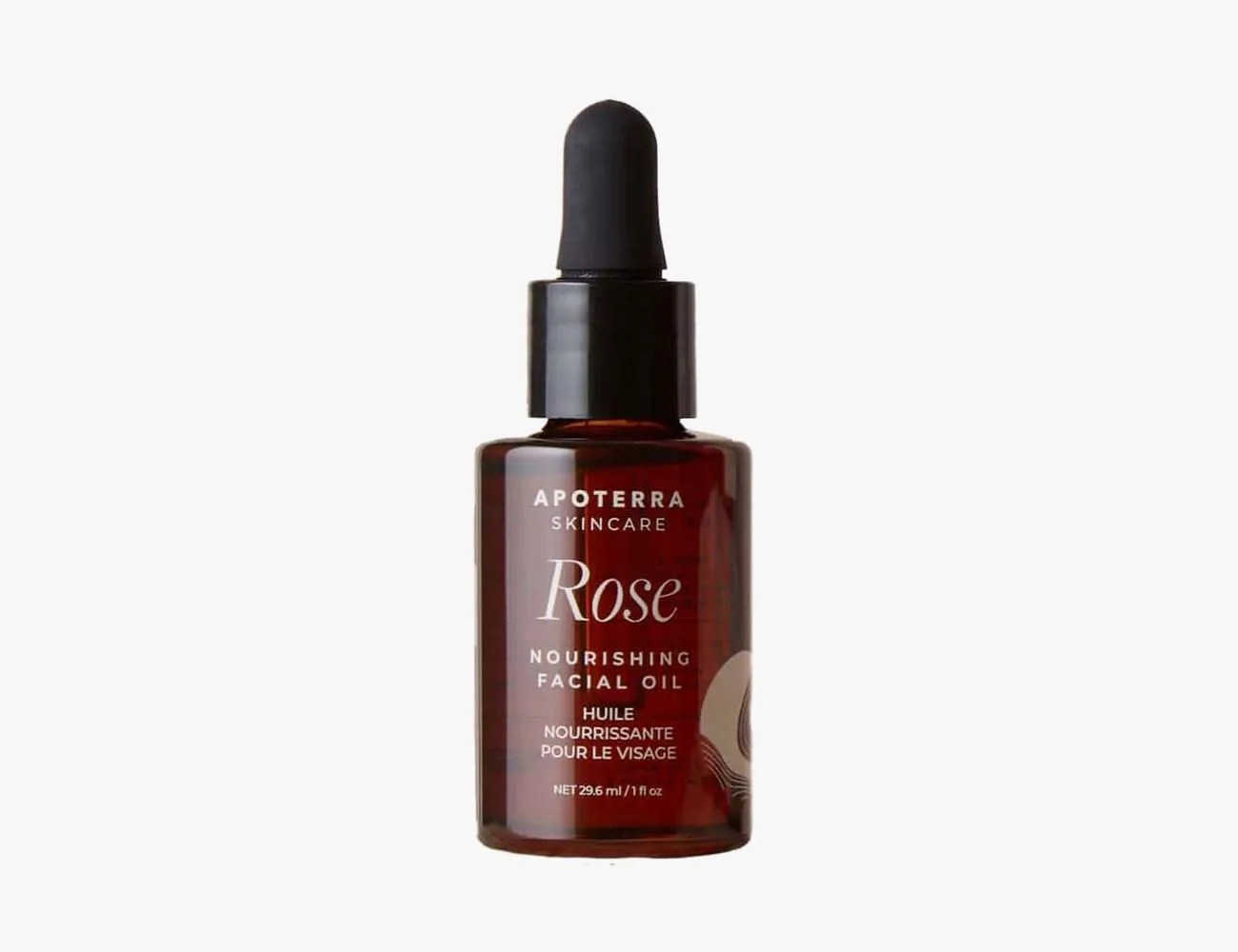Loads of skincare and wellness trends first popularized in Asian countries are taking over the US market, often through TikTok and Instagram, where influencers flaunt their morning (and evening) routines. Whether slugging or Gua Sha, these Western skincare experts are co-opting Asian techniques without crediting their places of origin.
To truly understand (and benefit from) Gua Sha, a facial massaging process that calls for scraping the skin with an edge tool, experts say, you must be trained in the technique, ideally from someone accredited in Traditional Chinese Medicine. It’s a powerful tool, but only when used correctly, and a few quick TikTok videos from thin-faced influencers does not count as studying.
Instead, trust an expert to show you the ropes, whether it be as a studio or online, because while plenty use Gua Sha for its cosmetic benefits, it’s often done with internal health front of mind. Accupuncturist and Traditional Chinese Medician practitioner Sandra Chiu, L.Ac, offers office hours through her site, Lanshin, which serves as a hub for both tools and tutorials. She’s in-demand, but she broke down a few of the most common questions for us.
Gua Sha, According to an Expert: Sandra Chiu, L.Ac.
Sandra Chiu L.Ac. is an acupuncturist, herbalist and Traditional Chinese Medicine practitioner with nearly two decades of experience. She’s also the founder of Lanshin, a hub for Gua Sha learners and experts alike. Her site sells Gua Sha stones, oils and other accessories, and hosts lessons, produces tutorials and regiments treatment plans.
Where Does Gua Sha Come From?
Gua Sha is a traditional Chinese medical (abbreviated TCM) practice that goes back centuries. It was used to treat pain, and even illnesses as serious as cholera. Today, Gua Sha remains an important modality that TCM practitioners use to treat pain and boost immune function.
What Is Gua Sha? What Is a Gua Sha Stone?
Gua Sha involves using a Gua Sha tool to stroke or ‘scrape’ tight, tense or pathological areas of the body to break down and remove blood stagnation in those areas. This in turn improves the circulation of blood, fluids and qi (energy). Modern research also shows that it strengthens the immune system and has anti-inflammatory effects.
Facial Gua Sha is an extension of that practice, however they differ slightly in application and results. While Gua Sha is more aggressive, facial Gua Sha uses a much slower speed and softer touch.





